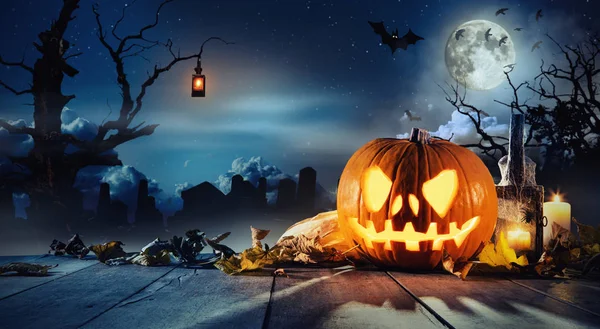New Delhi: Halloween, the contraction of All Hallow’s Eve, is a festival observed on October 31, the evening before All Saints’ Day. The celebration marks the day before the Western Christian feast of All Saints and initiates the season of Allhallowtide, which lasts three days and concludes with All Souls’ Day.
Halloween is mostly celebrated in Western countries. It is considered largely non-religious in much of Europe and most of North America.
Halloween had its origins in the festival of Samhain among the Celts of ancient Britain and Ireland. On the day corresponding to November 1 on contemporary calendars, the new year was believed to begin. That date was considered the beginning of the winter period, the date on which the herds were returned from pasture and land tenures were renewed.
During the Samhain festivals the souls of those who had died were believed to return to visit their homes, and those who had died during the year were believed to journey to the other world.
Halloween has come to be associated with a number of activities. One is the practice of pulling usually harmless pranks. Celebrants wear masks and costumes for parties and for trick-or-treating, thought to have derived from the British practice of allowing the poor to beg for food, called “soul cakes.” Trick-or-treaters go from house to house with the threat that they will pull a trick if they do not receive a treat, usually candy.
People set bonfires on hilltops for relighting their hearth fires for the winter and to frighten away evil spirits, and they sometimes wore masks and other disguises to avoid being recognized by the ghosts thought to be present. It was in those ways that beings such as witches, hobgoblins, fairies, and demons came to be associated with the day.
The period was also thought to be favorable for divination on matters such as marriage, health, and death.




Comments are closed.